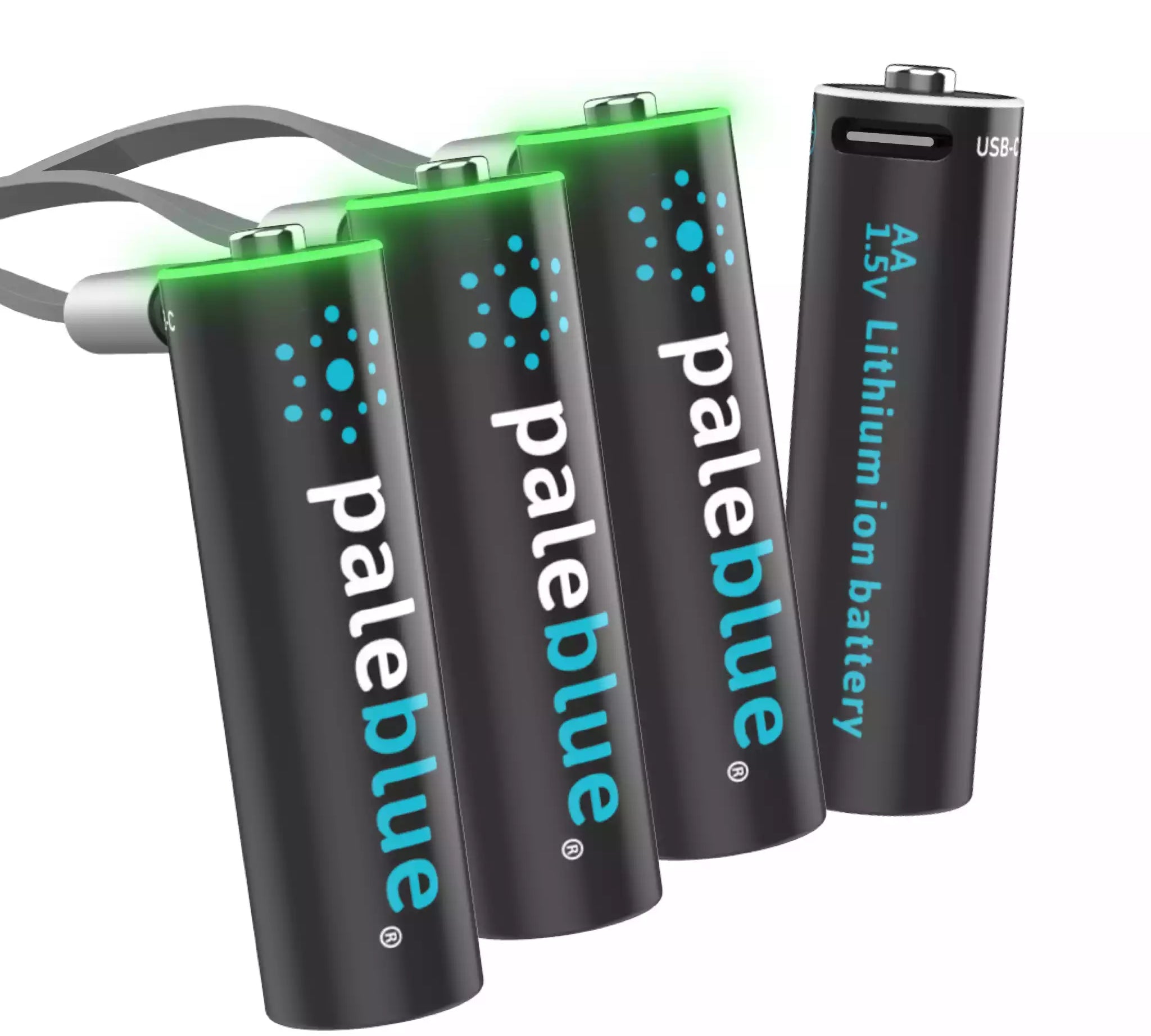What the FAA Says About Traveling with Lithium-Ion Batteries

Last Modified May 2025
You have probably heard that there are some restrictions on traveling with lithium-ion batteries. That's true, at least where air travel is concerned. A number of years ago, the Federal Aviation Administration (FAA) came up with their battery rules in order to minimize the risk of fire on commercial aircraft. Those rules are not too terribly onerous, and most people can abide by them with very little hassle.
You can learn all the details about flying with lithium-ion batteries by visiting the FAA website. We will summarize the rules in this post. If you are ever unsure about how the rules apply to your travel, don't just guess. Contact your airline and ask for clarification.
Batteries in Checked Luggage
Lithium-ion batteries in checked luggage are okay if they are installed in some kind of device. For example, even though you probably wouldn't want to check your laptop computer in at the counter, its lithium-ion battery is safely installed in the computer. It is safe to put it in your checked luggage.
When possible, the FAA advises that you cover the positive and negative ends of such batteries with tape. This is just an extra precaution to prevent accidental short-circuiting. If you cannot tape a battery and still put it back into its respective device, don't tape it. The battery has to be installed if you want to put it in your checked luggage.
Batteries in Carry-On Luggage
Batteries installed in devices can also be transported in carry-on luggage. Loose and spare lithium-ion batteries MUST be in your carry-on bag. You cannot put them in checked luggage. This includes everything from our USB rechargeable batteries to vaping device batteries. If it is loose or a spare, it must go in your carry-on.
Also note that the FAA requires that you carry any battery chargers with batteries installed in your carry-on. A charger doesn't constitute a device by which installed batteries can put into checked luggage. As a side note, our batteries do not require an external charger. Their on-board circuitry allows them to be charged from any standard USB port.
Getting back to the main topic, the FAA requires that all loose and spare batteries be protected against short circuit. Batteries still sealed in original packaging don't need any special attention. Loose batteries should be stored in a plastic case or bag, with the positive and negative ends of each taped off.
Finally, while there are no quantity limits for most batteries, there are some exceptions to the rule. Passengers are not allowed to carry large volumes of batteries for resale or any use other than personal use. They also aren't allowed to carry more than two lithium-ion batteries rated at 101-160 wh or higher.
What Motivated the Rules
The FAA's lithium-ion battery rules are relatively new compared to the sum total of commercial aviation history. They were motivated by several aircraft fires that occurred between 2006 and 2011. In 2006, a fire aboard a UPS cargo plane forced pilots to land in Philadelphia. Thankfully, no one was injured.
That was not the case in 2010 when the crew of another UPS plane died in a tragic crash in Dubai. The crash was caused by a fire linked to lithium-ion batteries. A similar crash occurred in the Korea Straight in 2011.
We love USB rechargeable lithium-ion batteries. We think they are the best battery technology for consumer electronics, however when you travel with lithium-ion batteries, obey the FAA rules. They are designed to ensure that you make it to your destination safely.









